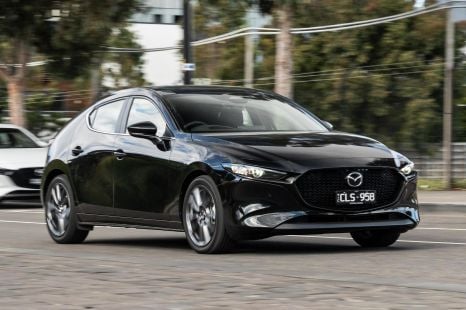

Josh Nevett
2026 Mazda 3 review
4 Days Ago
Ahead of the all-new Skoda Fabia going on sale in Australia in 2022, we’ve gone for an early first drive at its European launch.
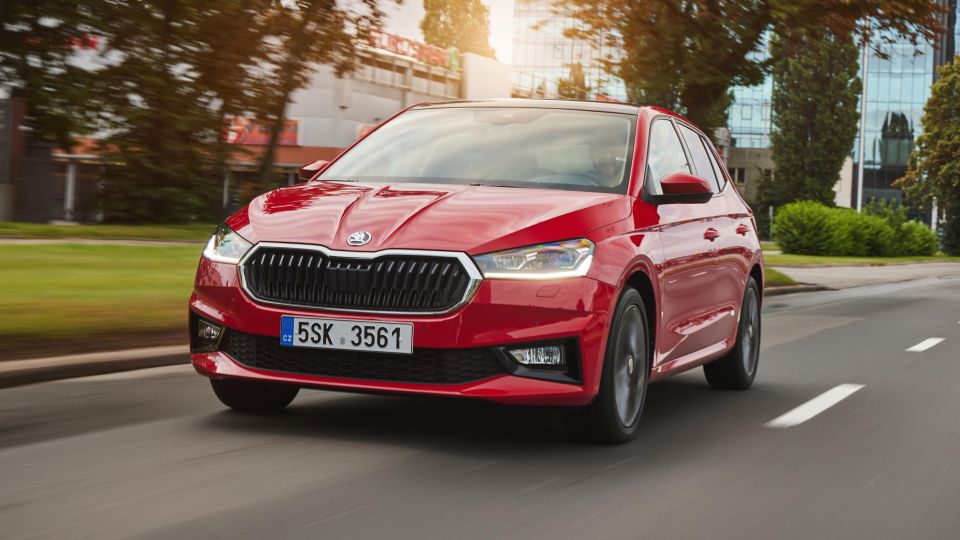
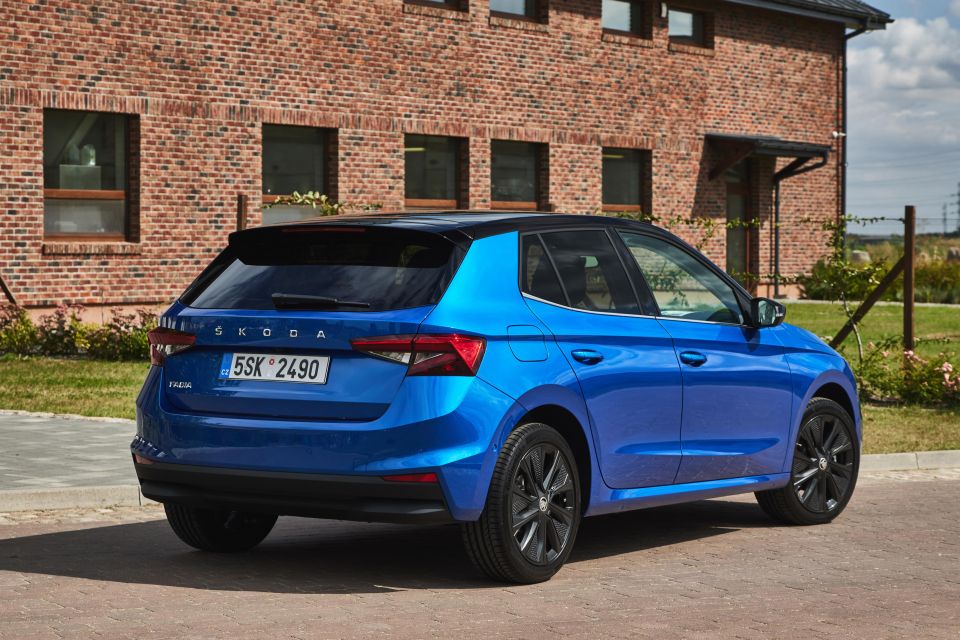

Contributor
New from
$18,390
excl. on-roads

Contributor
New from
$18,390
excl. on-roads


Contributor
New from
$18,390
excl. on-roads

Contributor
New from
$18,390
excl. on-roads
Quickly see how this car stacks up against its competition. Select any benchmark to see more details.
Where expert car reviews meet expert car buying – CarExpert gives you trusted advice, personalised service and real savings on your next new car.
The Skoda Fabia is the smallest car in the Czech brand’s range, and now there’s an all-new model that has swollen in size and added a heap more refinement.
Now into its fourth generation, the Fabia has become a not-so-compact hatchback, stretching over the 4.0m mark for the first time. More noticeably it loses its awkward styling to adopt a more appealing design in keeping with the rest of the Skoda line-up.
It is comfortably a match for the Volkswagen Polo in the kerbside appeal stakes and could even give its big brother the Skoda Scala a bit of a headache. Built on the more modern MQB-A0 platform it gets an all-petrol engine line-up, but no electrification. Still, this is one well-rounded package.

For now, we don’t know how much the Skoda Fabia will cost when it goes on sale.
The model it will replace currently starts at a drive-away price of $21,990 for the hatch and $25,990 for the Fabia wagon.
Both are in ‘Run-Out Edition’ specification and are available with a 1.0-litre TSI petrol engine. That comes with 70kW and a five-speed manual or 81kW with a seven-speed DSG automatic. The latter is the only engine option for the Fabia Wagon.
What is likely is that the new Fabia will see a price rise due to the car’s increase in size, and it may also gain some new engine options.
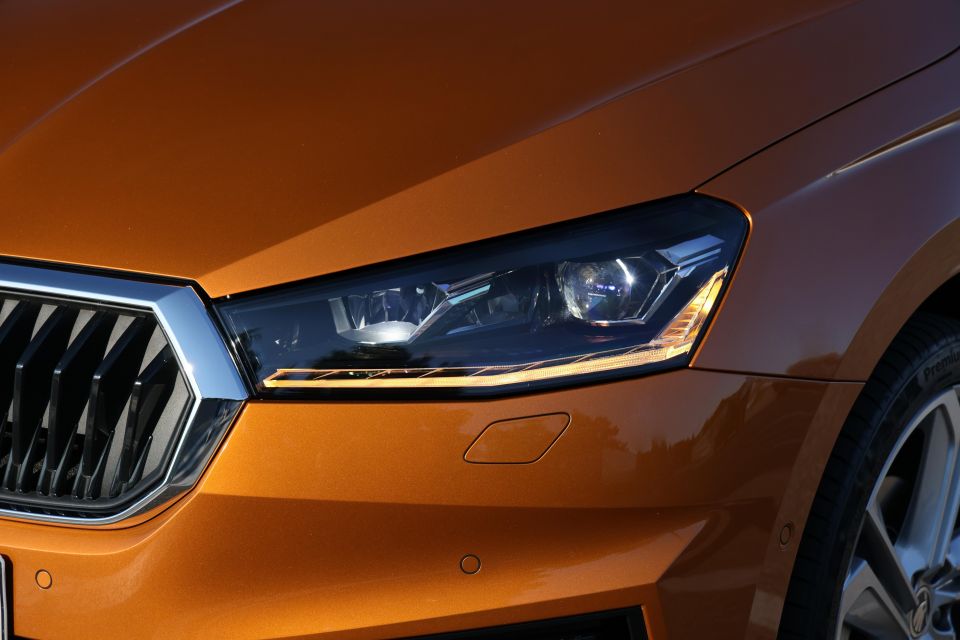
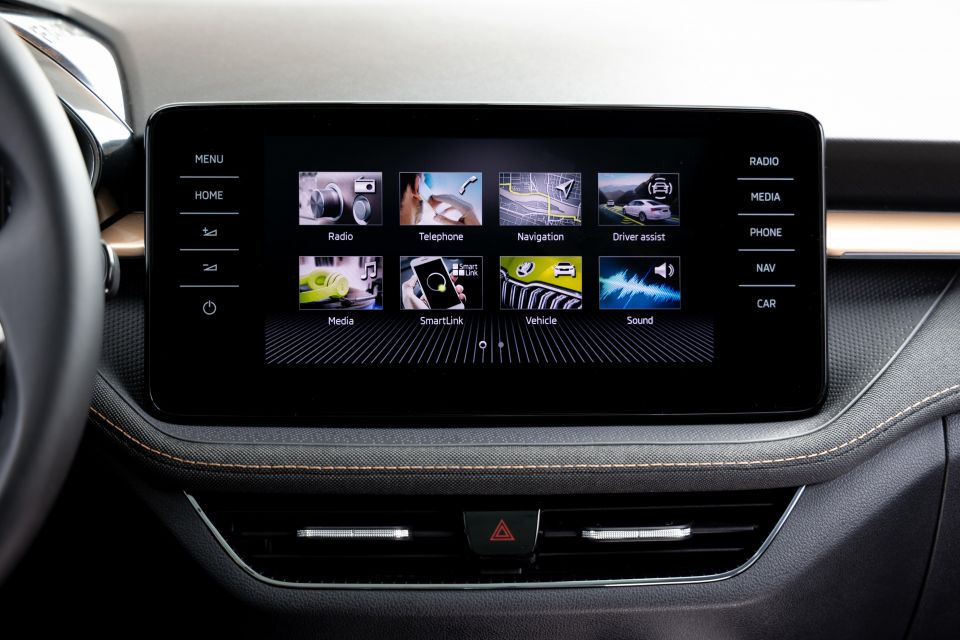
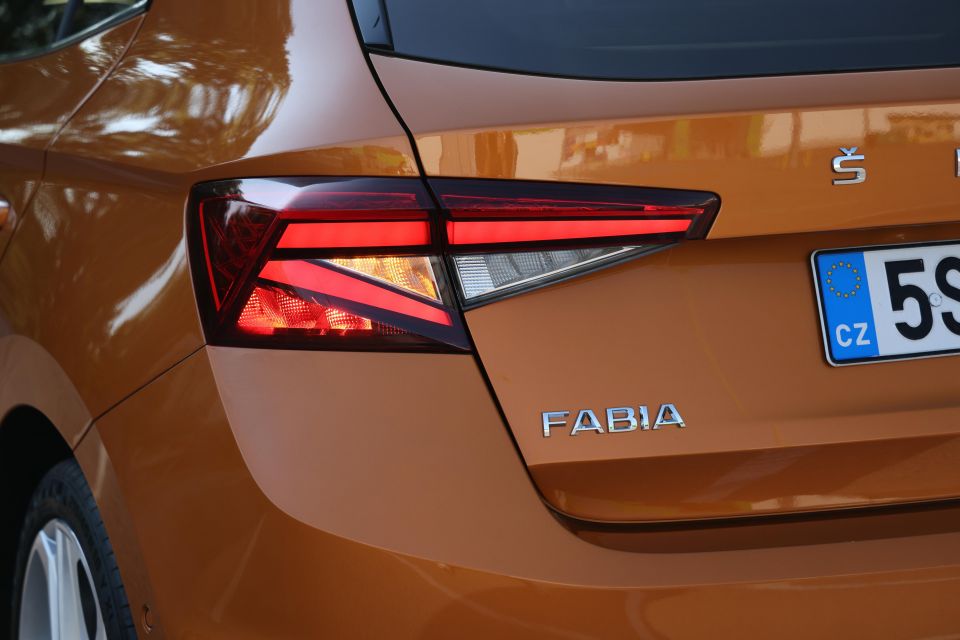
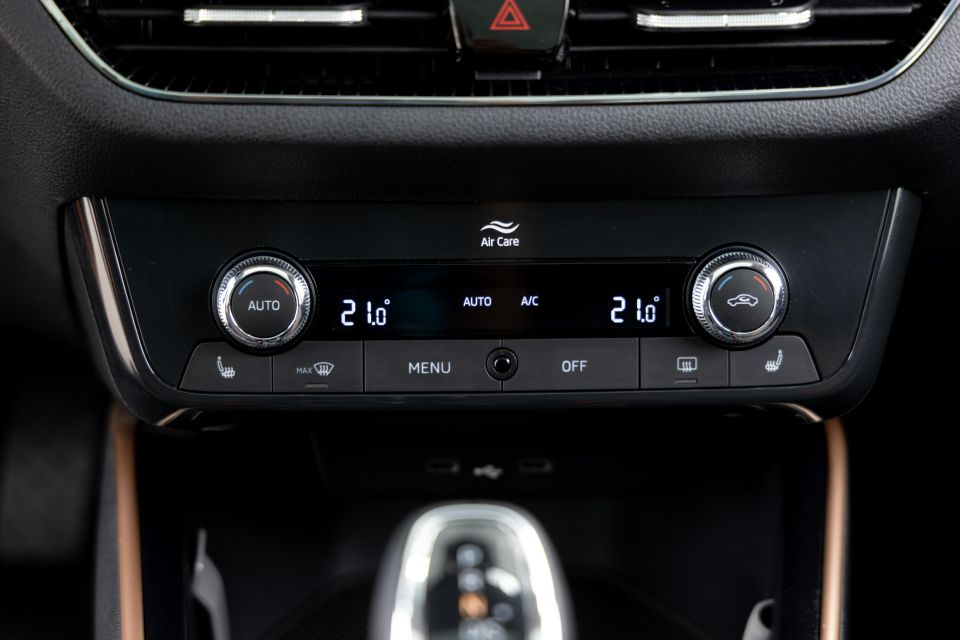
Buy your new car without the stress. It's fast, simple and completely free.

Great service from Travis and team, second time I have used this business would not hesitate to recommend them to anyone
Craig C.
Purchased a Ford Ranger in Sunshine Coast, QLD
CarExpert helped Craig save thousands on his Ford Ranger, now let us save you on your next new car.
Find a dealFor starters you get a lot more car than before, as this is the largest Skoda Fabia to date.
Measuring 4108mm long, it’s a significant 111mm longer than its predecessor. Its wheelbase is 94mm longer to boost passenger space, too, and it’s 48mm wider than before, at 1780mm.
Skoda claims it’s now the most spacious car in the segment and we have little reason to doubt that.
We’re familiar with Skoda’s reputation for maximising interior space and the Fabia now gets a 380-litre boot. That’s an increase of 50 litres over the outgoing model and puts it on par with the Volkswagen Golf hatch.
A range of different wheel sizes will be available right up to 18-inch items and there’s the option of snazzy two-tone paint with a contrasting roof section as well.
Inside, there’s an optional 10.25-inch digital instrument display and a range of touchscreens sized up to 9.2 inches, depending on specification. There’s up to five USB-C ports, including one by the rear-view mirror to power a dash cam, plus the option of a wireless charging pad.
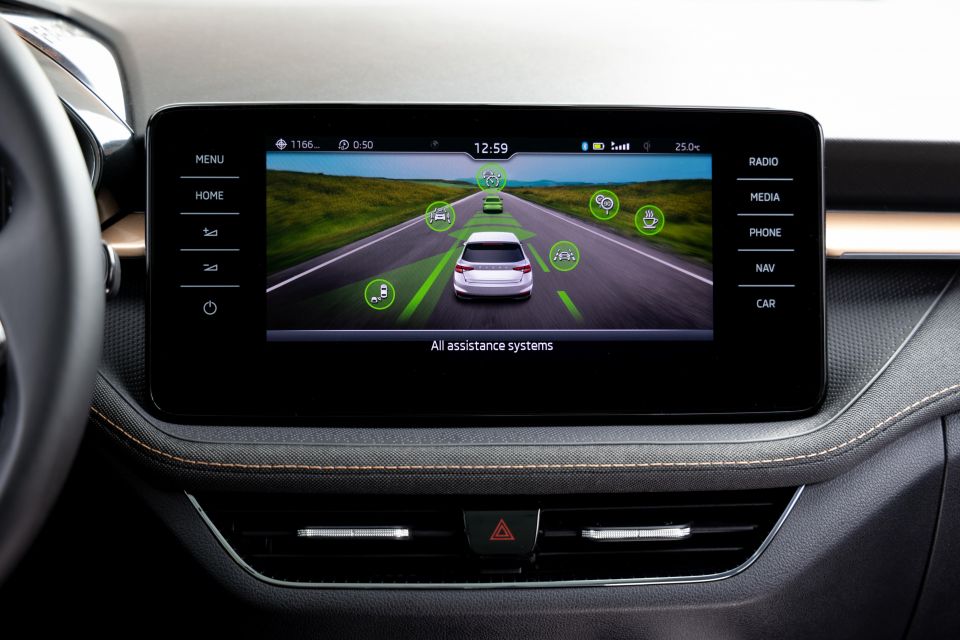
The new Skoda Fabia has yet to be tested by ANCAP, nor has it been tested by Euro NCAP.
When the previous version underwent testing in 2015 it scored five stars, and as this new Fabia gains more driver assistance and safety features it should put in a good performance.
Skoda uses more high-strength steel in the A- and B-pillars, bulkhead and transmission tunnel than before to optimise rigidity. There are up to nine airbags in the Fabia, including driver’s knee, curtain and rear side airbags.
Switching to the MQB-A0 platform allows Skoda to add more assistance systems to the Fabia such as Front Assist (AEB) with Predictive Passenger and Cyclist Protection, Traffic Sign Recognition, Side Assist (blind-spot monitoring and rear cross-traffic alert) and Travel Assist (adaptive cruise and lane centring).
The outer rear seats have ISOFIX points and top tether anchors as standard, while another can be optionally added to the front passenger seat.
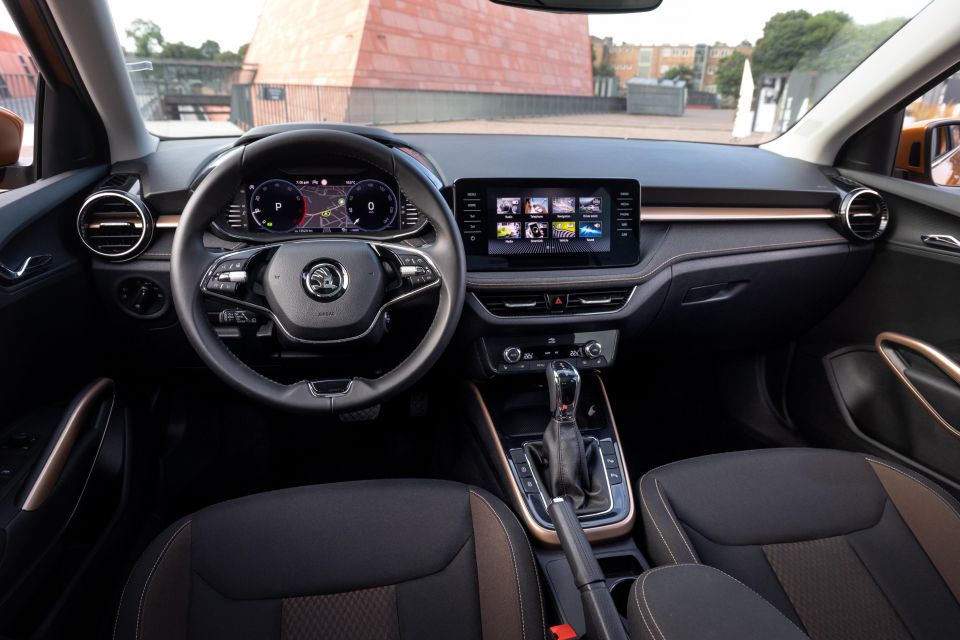
Leaving aside the increase in space, the look and feel of the cabin has taken a noticeable upturn in quality compared to the previous Fabia.
Our test car did have the highest specification grade to show off all the bells and whistles, but models further down the equipment chain are far from shabby.
For starters there’s plenty of adjustment in the driving position, with a steering wheel that has ample movement for reach and rake. All cars get a two-spoke steering wheel as in models like the Octavia.
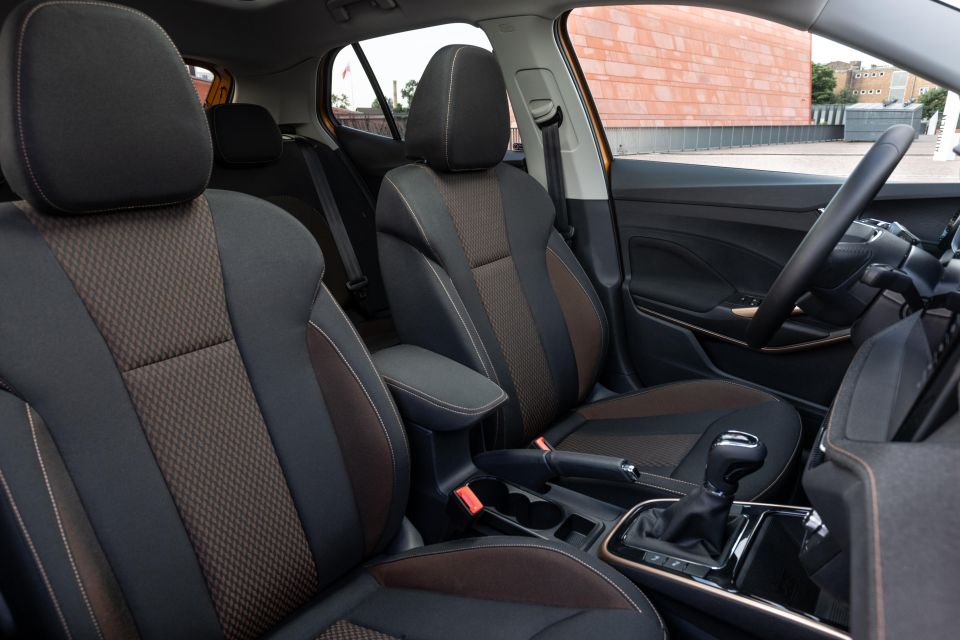
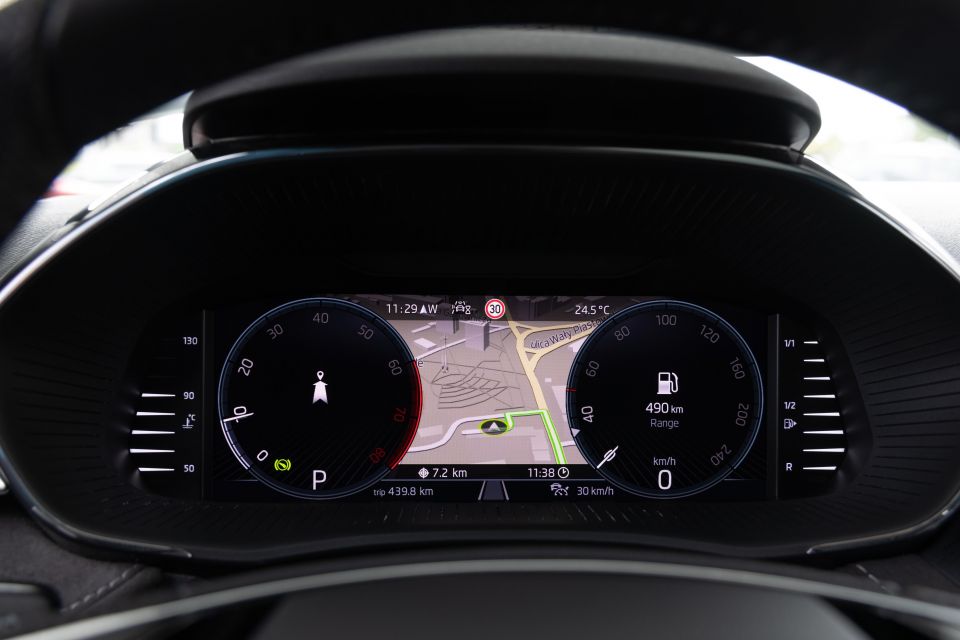
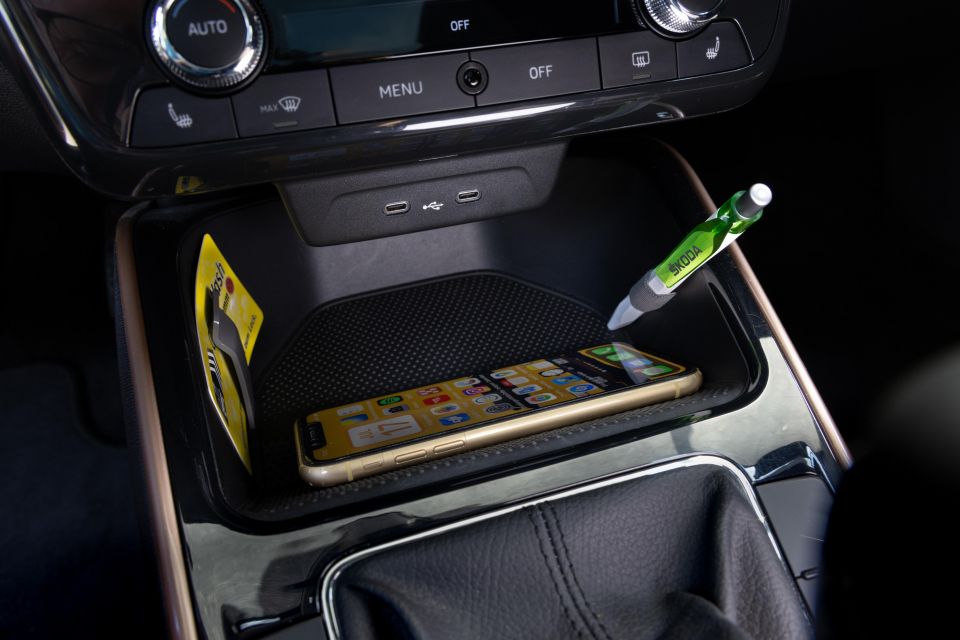
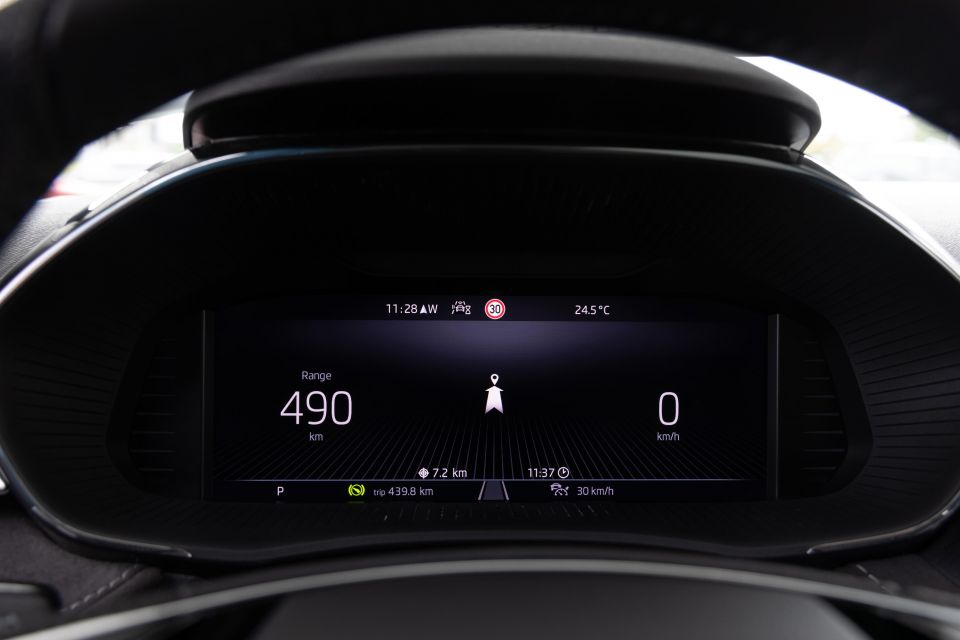
Material quality throughout the Fabia is also better than before. New fabrics with contrast stitching lift the interior and give it a nicer ambience. Even the dashboard gets new fabric upholstery rather than cheaper-feeling plastics.
The basic analogue instrument cluster is easy to read and has a 3.5-inch information screen for driving data. Buyers will be able to upgrade this to a 10.25-inch digital screen that looks much more modern.
The layout of the dashboard is sensible and well thought-out. A winged ledge around the central touchscreen gives the user a bit more purchase to rest their hand on while the car is moving.

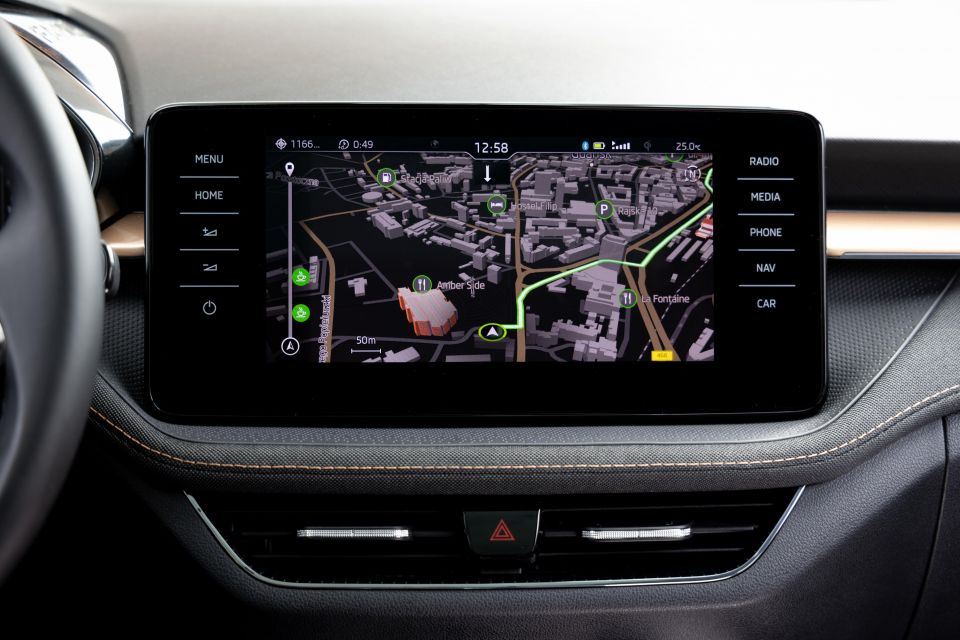
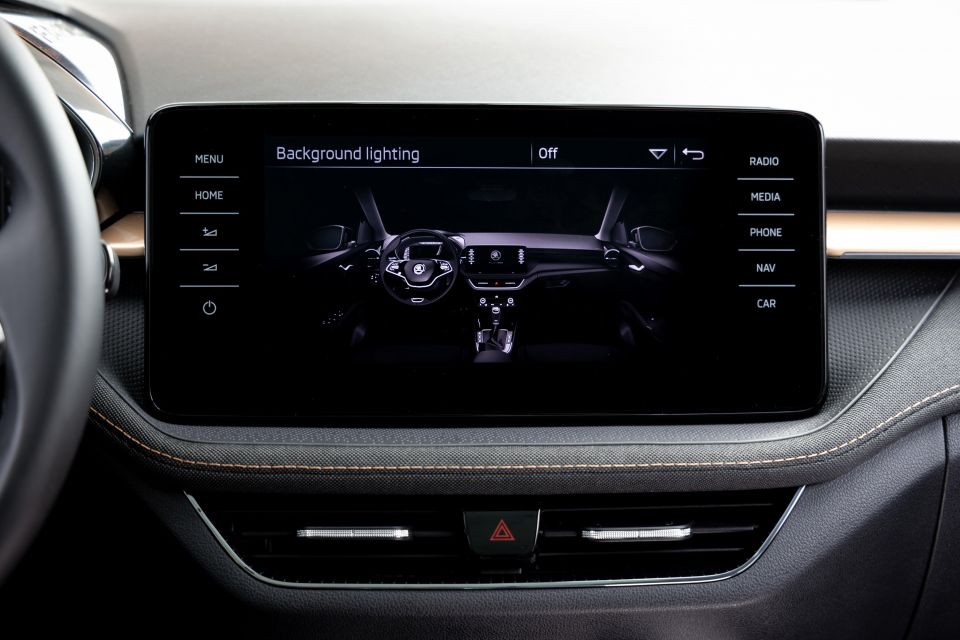
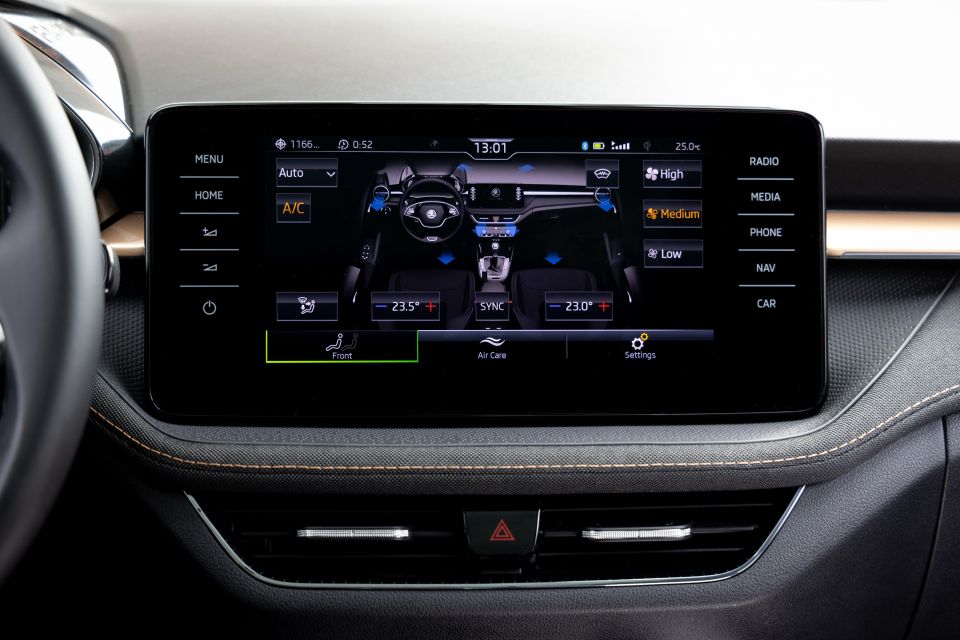
We like that the Fabia retains physical controls for the climate settings as it allows the driver to adjust the temperate without having to take their eyes from the road.
Ample amounts of storage throughout the cabin will also be a boon to owners. A large area at the base of the dashboard is perfect for a wallet or purse and the Fabia can be equipped with a wireless charging pad to keep your smartphone topped up.
Between the front seats Skoda sticks with a manual handbrake and includes a novel cupholder system that is now removable for easier cleaning. The Czech brand will also offer different inserts for this space.
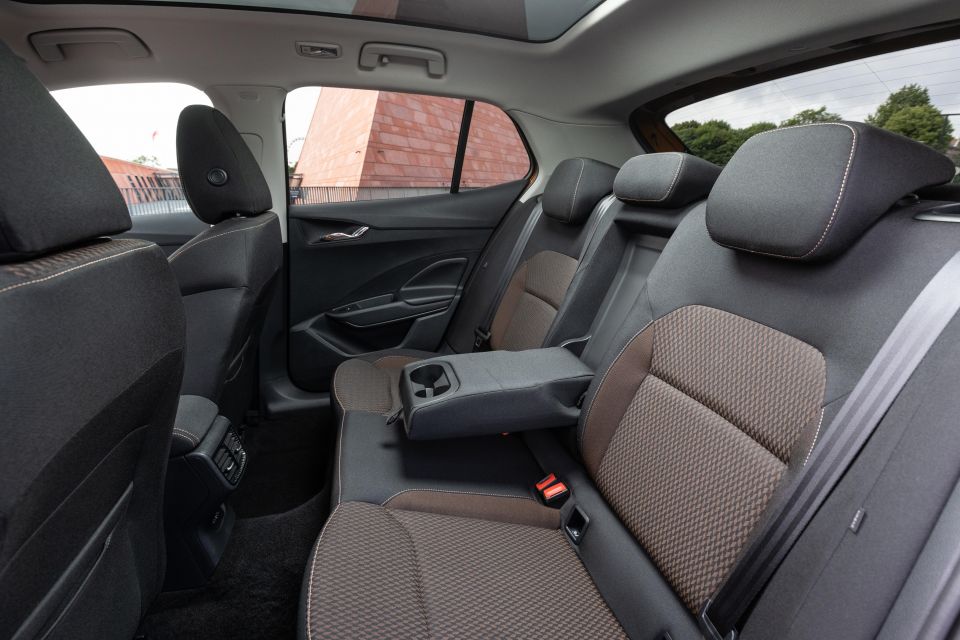
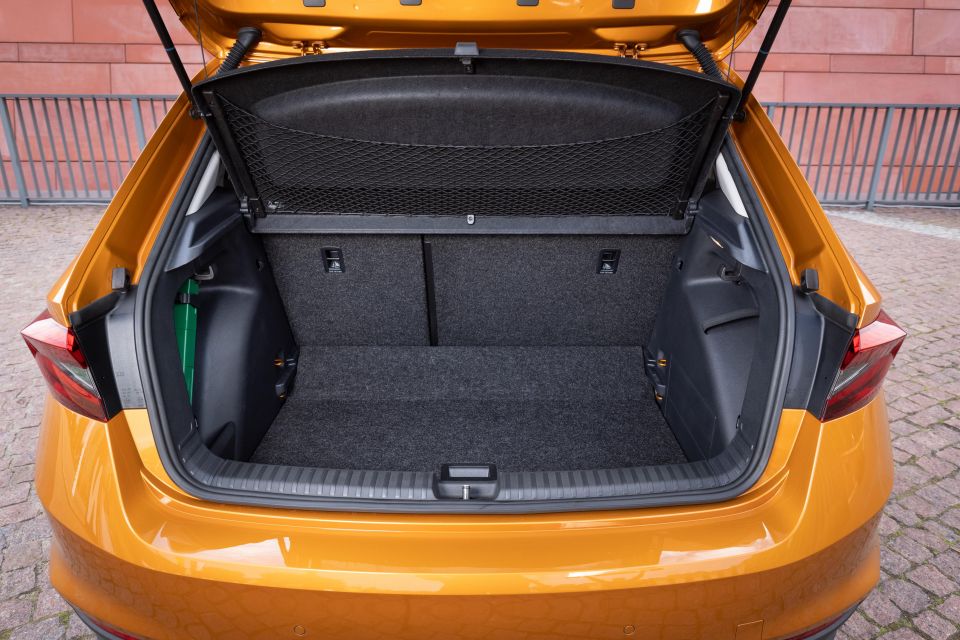
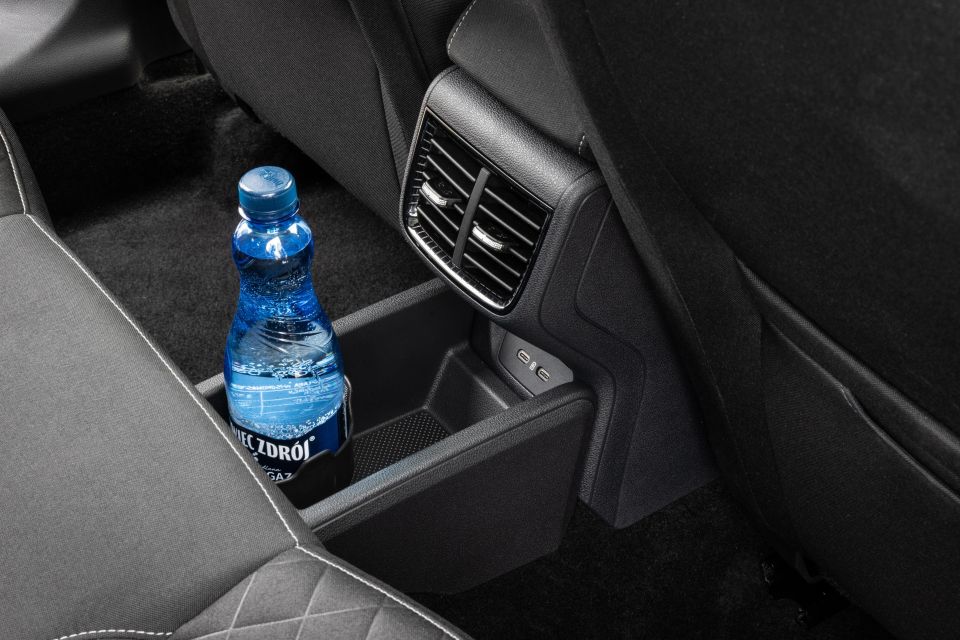
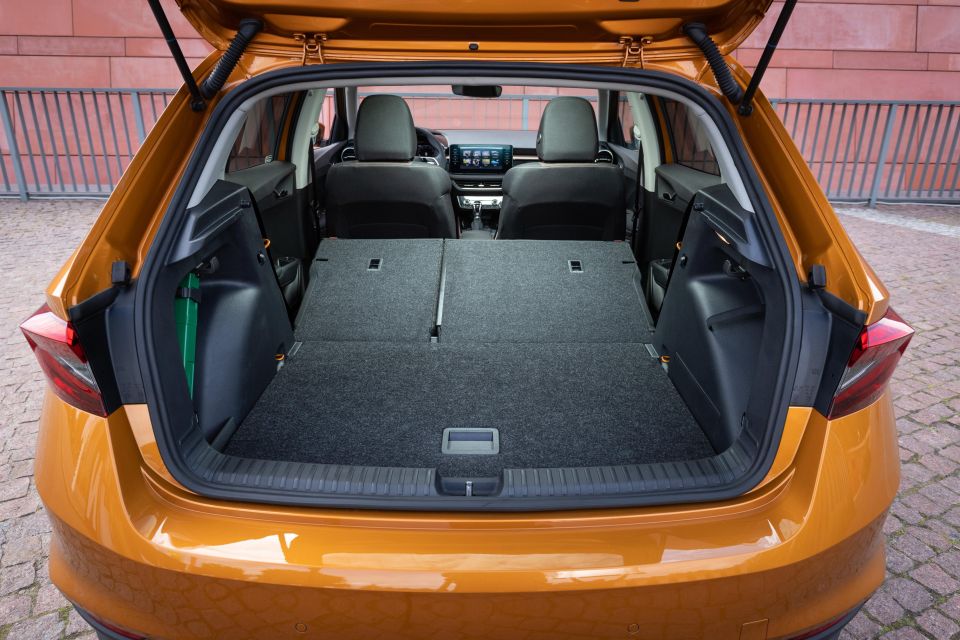
Getting in and out of the rear seats is easy and there’s now more legroom. On the backs of the front seats are the usual pockets and now a smaller second pocket that is designed to hold devices while they charge via the two USB-C ports in the rear.
The middle seat isn’t as roomy or comfortable, which is often the case in this class. A full-length panoramic glass roof is one box worth ticking, as it floods the interior with light.
As with the front, there are generously-sized door bins in the rear that can easily carry a large drinks bottle and if the middle seat isn’t required a central armrest with two cupholders folds down.
Boot space is one of the big advantages of the Fabia. For those times when you need even more storage capacity the rear seats can fold to bump up the volume to 1190 litres. That’s more than you’ll find in a Volkswagen Polo or Toyota Yaris.
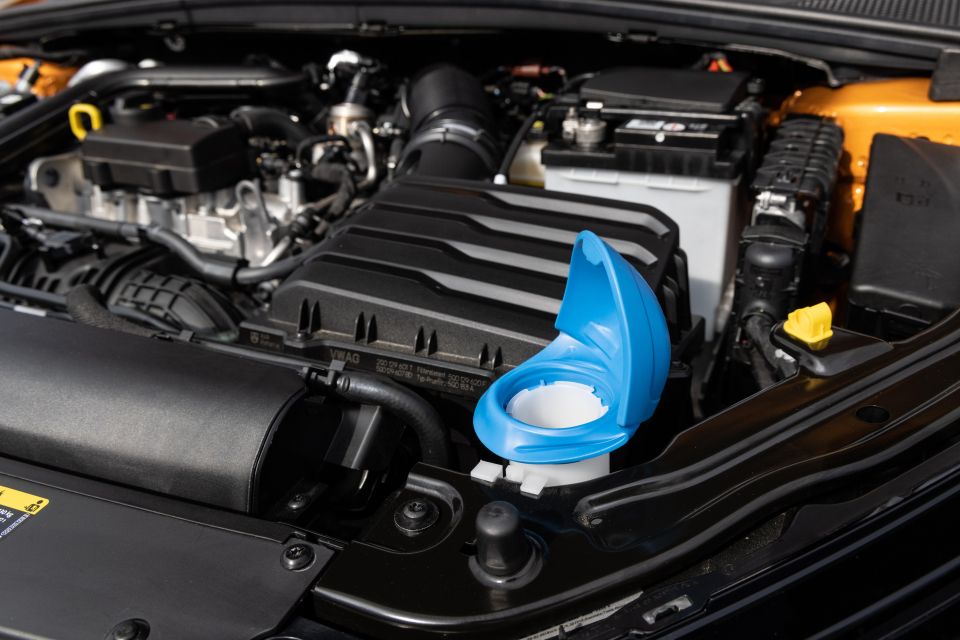
In Europe, the Skoda Fabia gets an all-petrol range of engines.
However, there is still no electrification going on here and nor is it likely to come for this generation. The range starts with the naturally-aspirated 1.0-litre MPI engine that also did service in the smaller Citigo. With power outputs of 48kW or 59kW, it is unlikely to make it to the Australian market.
The 1.0-litre TSI turbocharged three-cylinder engine comes in two guises: a 70kW/175Nm version with a five-speed manual gearbox, and an 81kW/200Nm option with either a six-speed manual or seven-speed dual-clutch transmission.
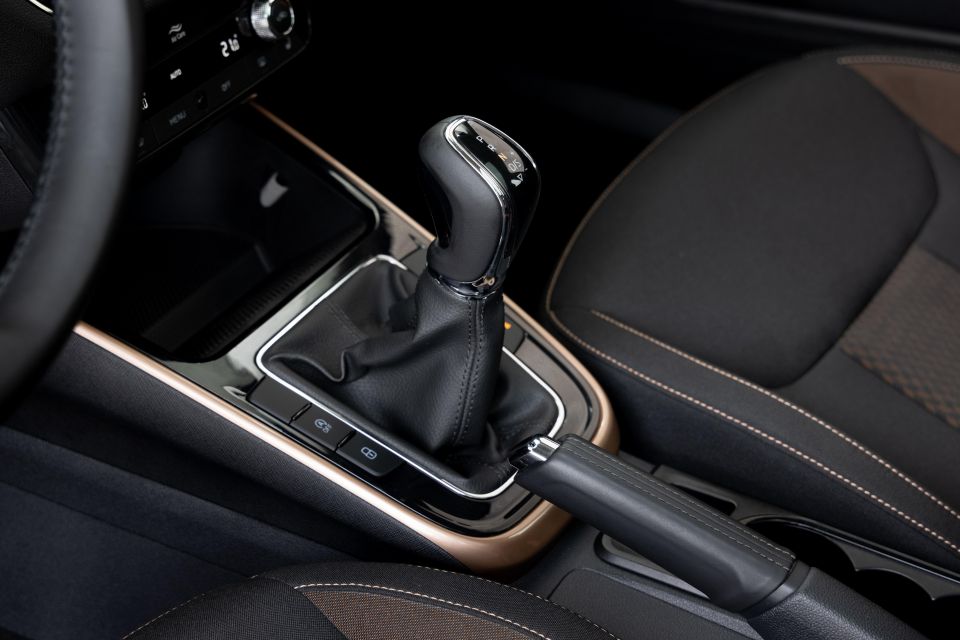
It’s the more powerful version that should arrive first in our home market, and we’re expecting a similar overall line-up to the outgoing model – 70kW with manual, 81kW with DSG.
Europe will also get a more powerful 1.5-litre TSI ‘Evo’ engine, a turbocharged four-cylinder with 110kW/250Nm paired exclusively with a seven-speed DSG automatic. That will be the fastest accelerating Fabia with a 0-100km/h time of 8.0 seconds.
Whichever engines end up coming to Australia, all will drive the front wheels only.
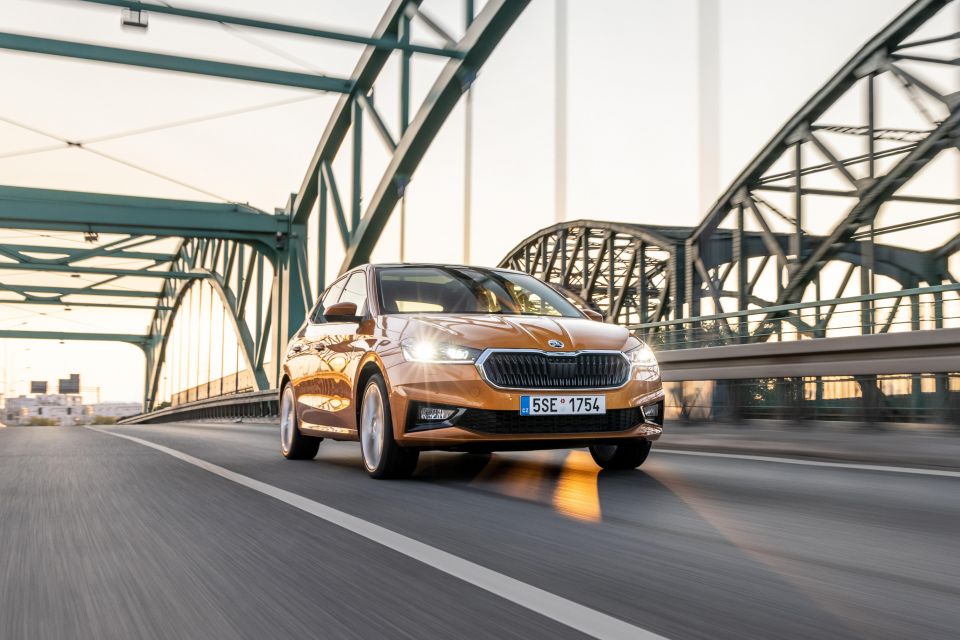
Right from the off there is a clear impression the Skoda Fabia is a much-improved car thanks to the new platform.
While the increase is size is noticeable it remains a light and agile vehicle, emphasised by the more powerful 81kW engine we sampled. That was paired with the slick-shifting DSG dual-clutch automatic transmission that continues to work very well.
The engine has some character to it when you press on a bit harder, revealing its three-cylinder thrum. However, for the most part it works quietly and efficiently.
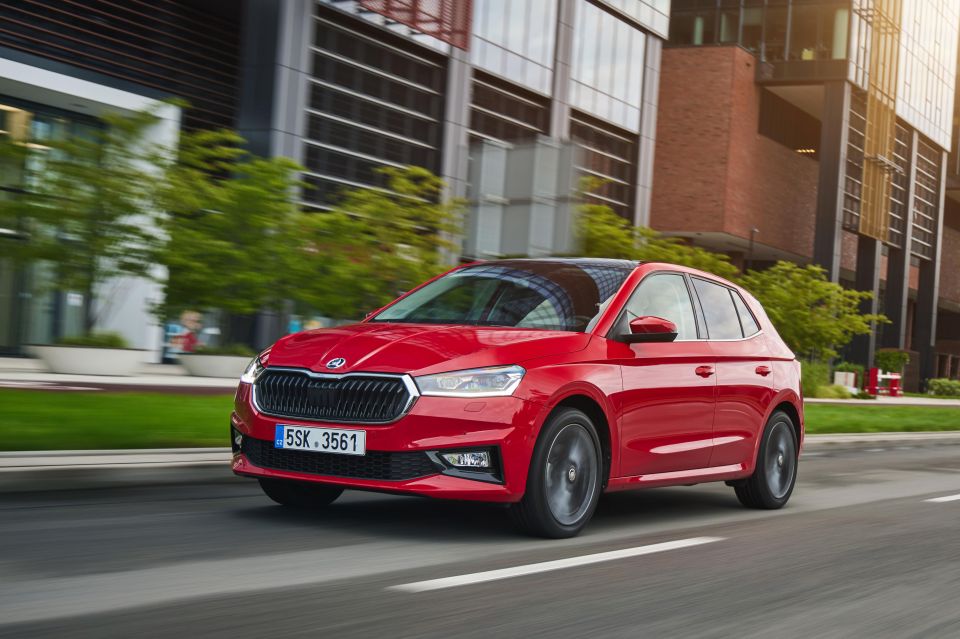
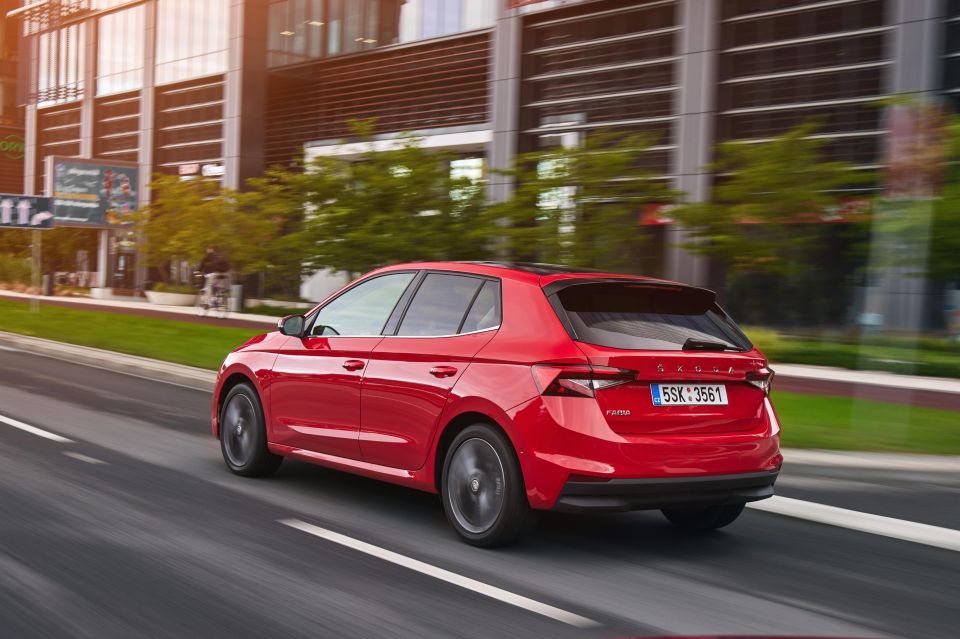
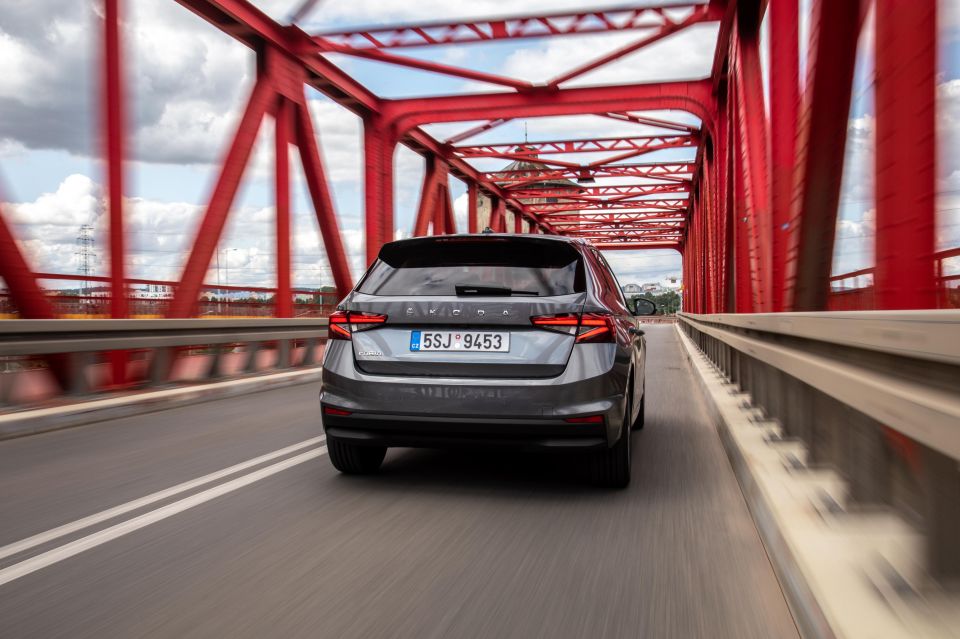
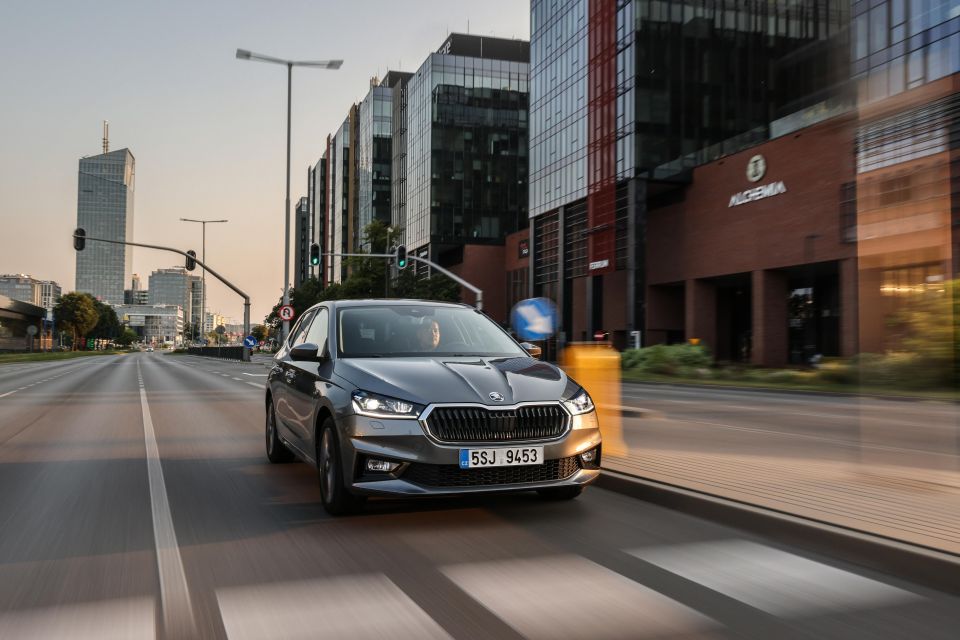
A stretch in wheelbase and an increase in width certainly help with the feeling of roominess inside but the Fabia is now also more stable at higher speeds.
There isn’t as much wind or road noise as before, and the turbocharged triple enables it to clip along at a decent pace without seeming like it’s struggling.
However, the better performance comes in town where the Skoda feels very nippy thanks to its relatively low weight and equally light steering.
That DSG transmission helps in traffic, though we found the automatic start/stop to be slow to restart and had us looking for the off switch.
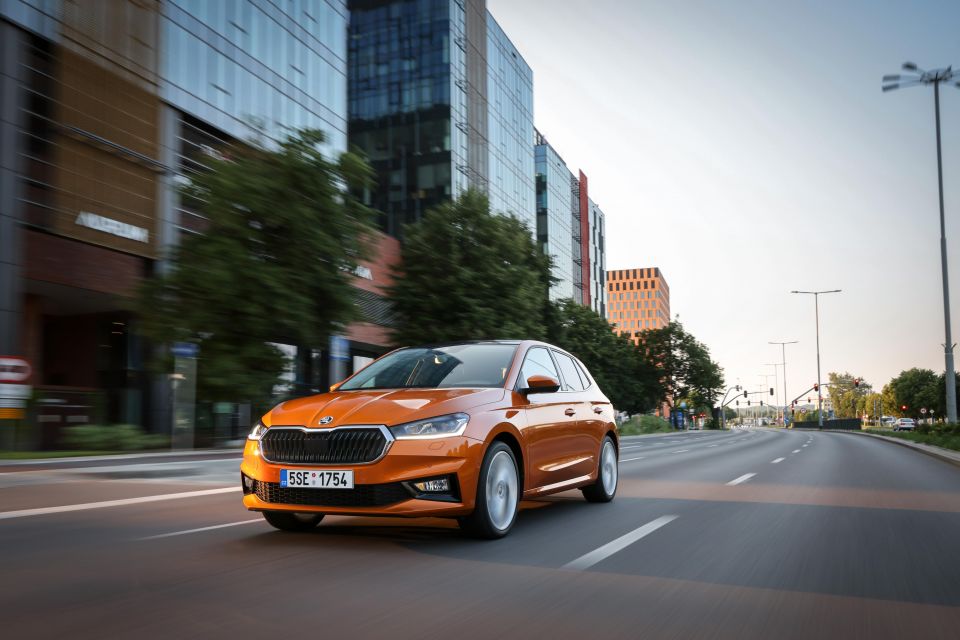
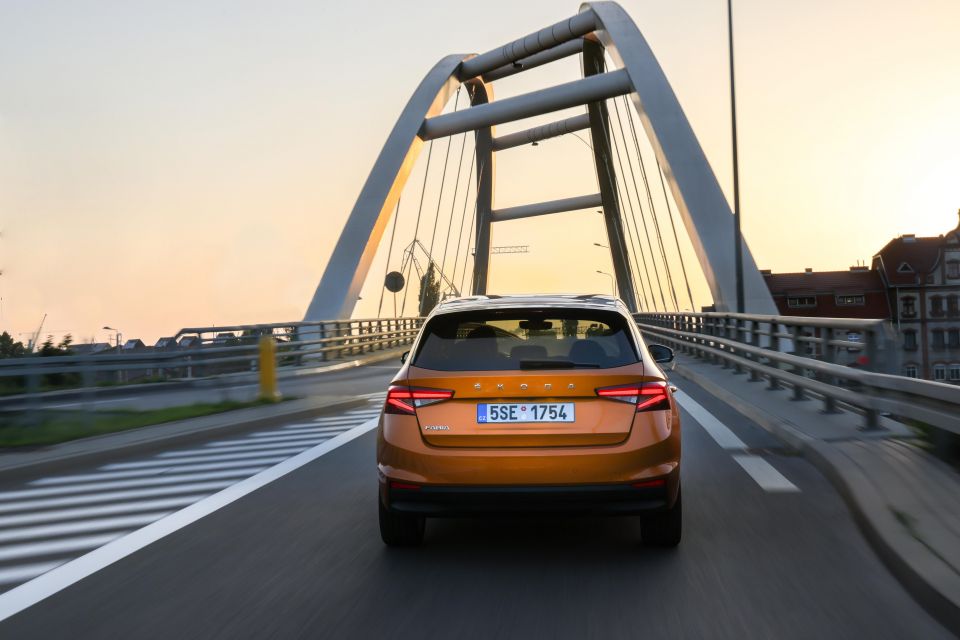
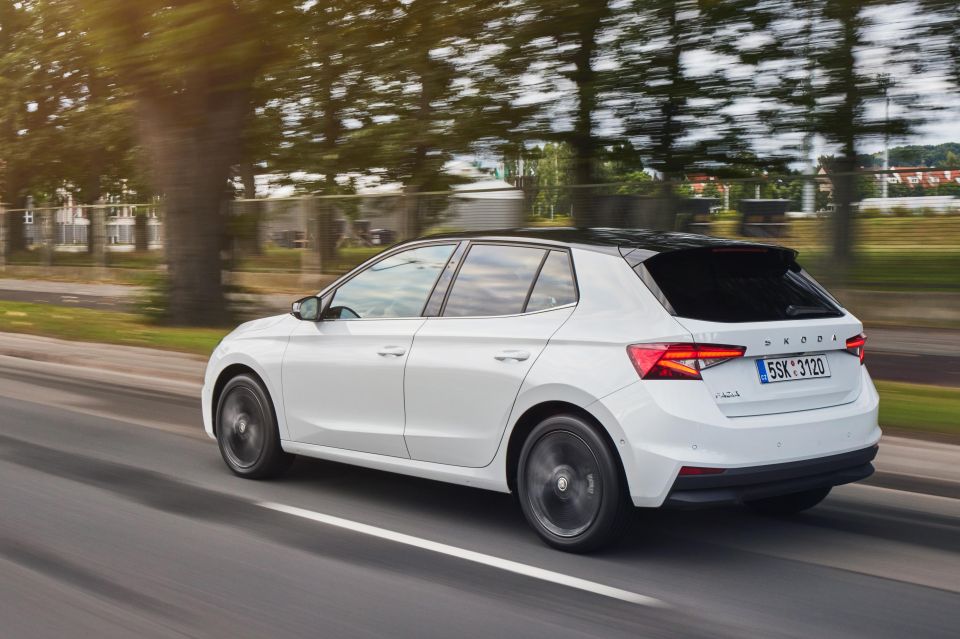
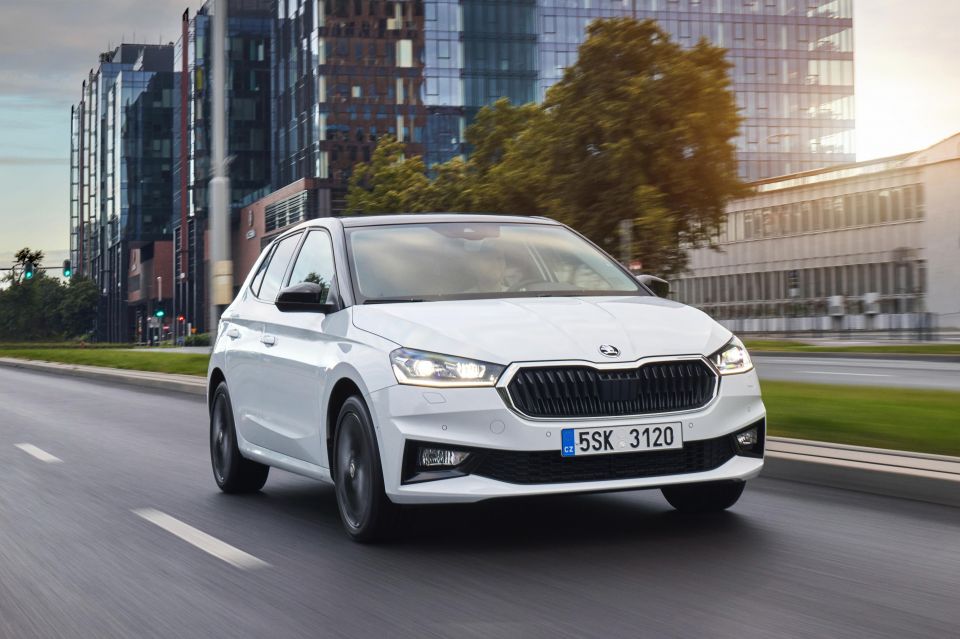
The six-speed manual pairing with that same engine works well and working the gears yourself isn’t much of an effort. Changes are clean and the gearing works well with the engine’s performance.
On the 17-inch wheels (18-inch alloy wheels are available) the ride comfort is good: not too firm but equally not that soft to detract from the handling.
Those who prefer comfort may want to consider the 16-inch wheels for some added cushioning.
A suite of driver assistance systems is available and these work well without being overly intrusive, so it shouldn’t be binging and bonging at you constantly.
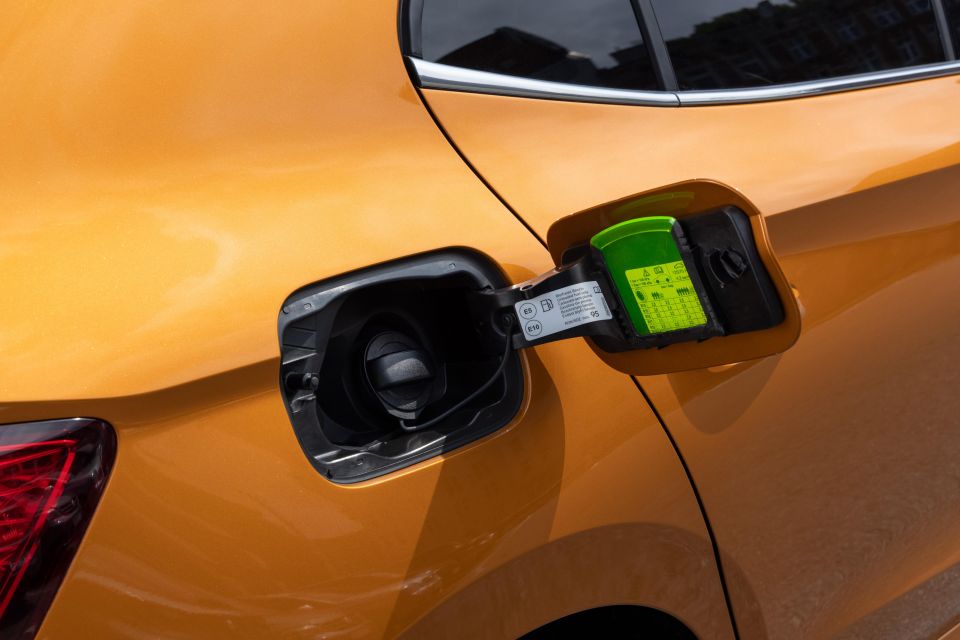
Where expert car reviews meet expert car buying – CarExpert gives you trusted advice, personalised service and real savings on your next new car.
Like the rest of the range, Skoda should offer a five-year, unlimited-kilometre warranty with the new Fabia when it arrives in 2022.
Buyers can opt for a pre-paid service plan that covers up to the first five years or 75,000km of scheduled servicing, available from the point of purchase or up to 12 months from the date of sale. Currently, the outgoing Fabia’s package costs $1350, including the first two scheduled visits free of charge.
Until Skoda Australia confirms what engines it will offer with the Fabia, we can’t tell you exact fuel costs, but the 81kW 1.0-litre TSI claims a combined 4.9L/100km with the six-speed manual and 5.4L/100km with the seven-speed DSG.
Skoda claims that the 110kW 1.5-litre TSI Evo is capable of 5.6L/100km on the combined cycle.
During our time with the 81kW 1.0 TSI, it returned an average of 5.8L/100km.
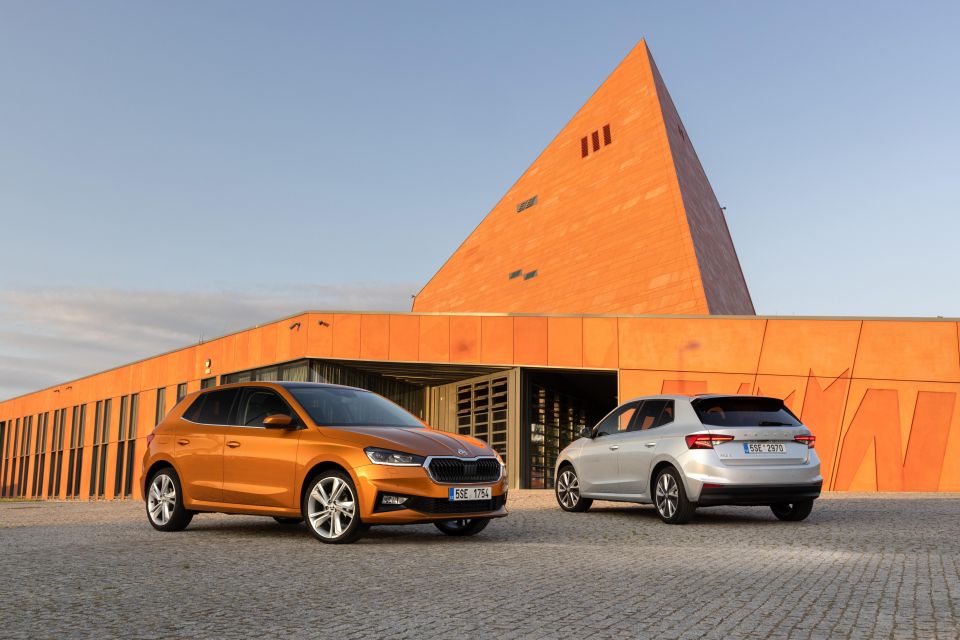
The Skoda Fabia goes from a likeable compact hatchback to one that is significantly more stylish, better to drive and packed with practical features.
It isn’t quite as polished as the Volkswagen Polo, but it is right up there at the sharp end of the segment and its increased size could tempt some buyers into downsizing.
Stay tuned for all the latest Skoda Fabia updates in the lead-up to its Australian launch during the first quarter of 2022.
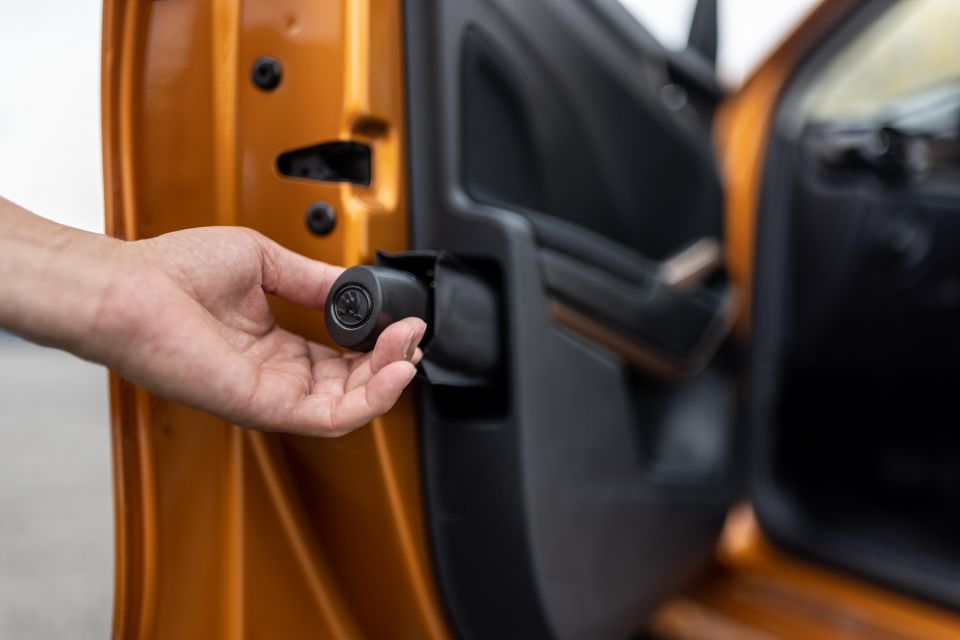
Click the images for the full gallery
MORE: Everything Skoda Fabia
Where expert car reviews meet expert car buying – CarExpert gives you trusted advice, personalised service and real savings on your next new car.


Josh Nevett
4 Days Ago
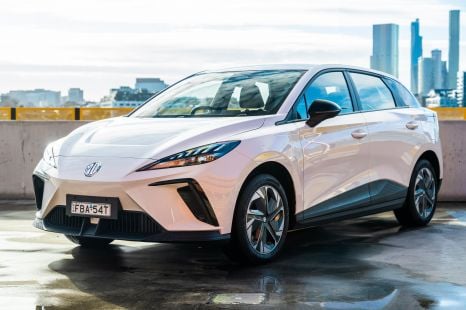

William Stopford
18 Days Ago
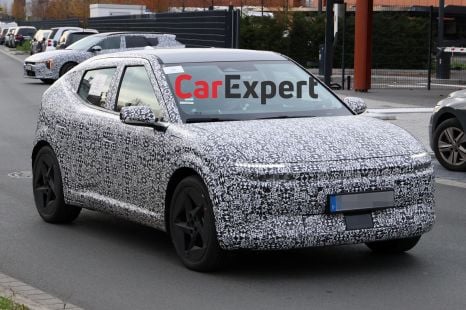

William Stopford
30 Days Ago
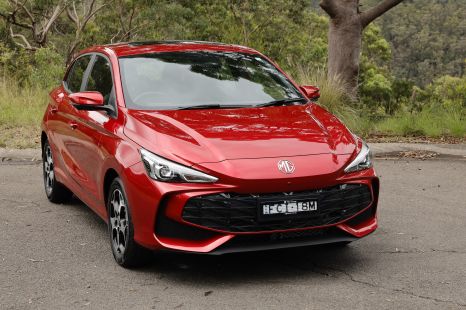

William Stopford
1 Month Ago
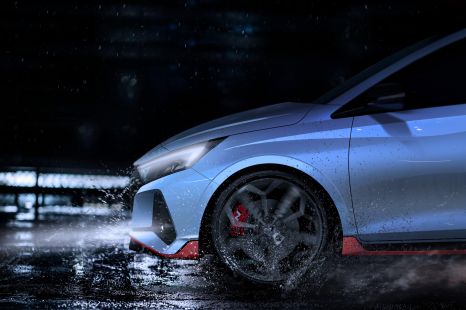

Ben Zachariah
1 Month Ago
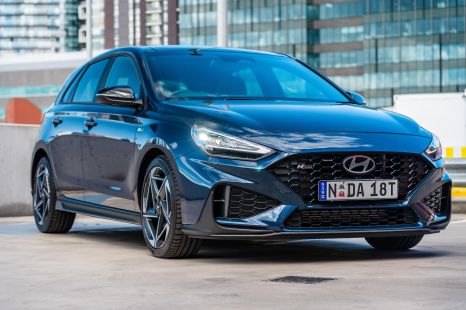

William Stopford
1 Month Ago